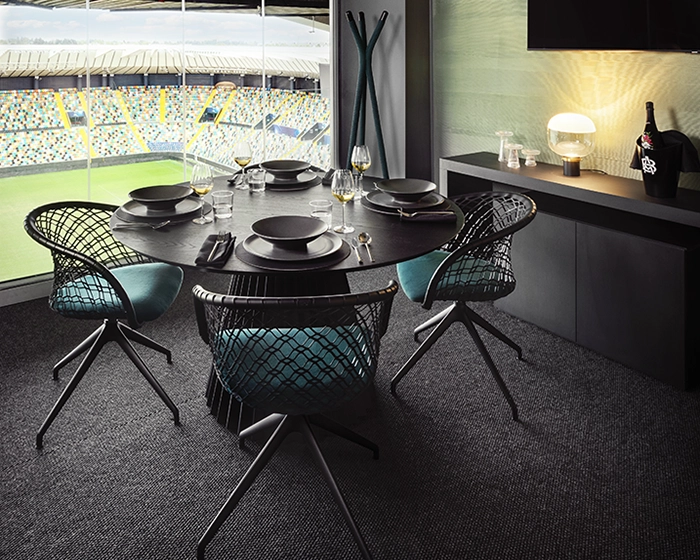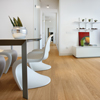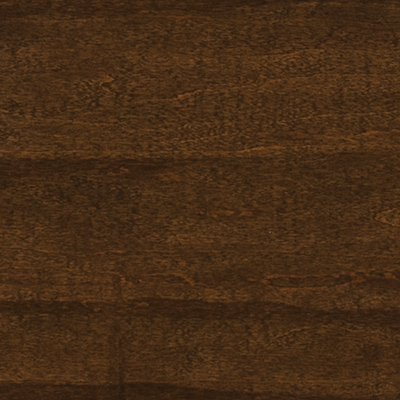
The more distinctive feature is its very light colour, which gives this wood its almost satin sheen. It is a semi-hard and porous wood, with a very marked vein and compact fibres. Its colour, going from almost white to pinkish yellow, maintains its tone in time and due to the effect of light it turns towards a yellowish brown. With its shades going from creamy white to light yellow, European maple is the lighter among the subspecies of this wood type. Once planed and polished, it shows a natural brilliancy, similar to silk. Maple parquet has a refined texture with close fibres and it is fit to be finished and coloured. Grain is usually straight, with marked veins; it has a medium-high hardness. It has a good resistance, it is flexible, it has a good durability and a medium stability to withstand deformation. In the past, thanks to its elasticity, it has been used for the construction of bows and it has become the most used wood for the back of violins, cellos and guitars. European Maple is considered one of the most precious noble hardwoods. Maple wood is much appreciated by people who love parquet, above all for its good characteristics and also because it gives the house a smart, natural look and it is very easy to take care of. This is one of the most recommended wood types for domestic use, when one wants a particular, very stylish surface.
Maple wood is particularly fit to be used for flooring – the use of this material increases the beauty and value of the house. It resists to sunrays; with its marked veins, compact fibres and light colour, which goes from white, to yellow/pink, it is resistant to oxidation process due to exposure to sunlight – for this reason, its colour remains almost unchanged as time passes by. The main characteristic of a 100% natural parquet is the fact that you can find it in several varieties. The particular climatic and mineralogic features of the place where the tree grows give the wood its specific look – fibres and veins are unique for each single wood element. Maple parquet is perfect if you look for a very bright dwelling or if rooms are much exposed to sunlight. Moreover, it is pretty versatile so it can offer the chance to have a room with a flooring different from other surfaces in the same house. It is perfect to give an extra value to rooms and flats in modern style – but it is appreciated in rustic settings too.
Maple is among the most known wood types, largely employed in carpentry and in the production of furniture, bathroom furniture, chairs, cladding and shelves, for solid and prefinished floorings, doors and windows and musical instruments. Due to its medium hardness and resistance to impacts, it is widely used in the production of wooden floorings. It is much appreciated in the production of handicraft items and decorations (during the eighteenth and nineteenth centuries it was widely used in marqueteries).
Floating installation was born to offer an easy and quickly removable flooring. Floating parquet is simply laid upon the subfloor. This offers both an easy way of installing and then removing planks as well as the possibility to avoid using glue.The other installation system is the one with glue. From a technical point of view, this is the best way of installing, since the subfloor takes an active part in securing the dimensional stability of the wood. This is also the recommended installation system, if there is subfloor heating.
The use of standard cleaners or polishes is not recommended, since these products can damage the surface. For a correct maintenance, it is better to remove dust using a vacuum cleaner and wash off the stains using a wet mop, warm water and proper soap. Maple is a versatile material and it can guarantee the performances requested to a wooden flooring – however, as any wooden flooring, it must be treated with care as it can be damaged in case of scratches or violent impacts. In any case, finishing treatments provide the utmost protection to the surface.
Fill out the form adding your request and we will contact you as soon as possible.













